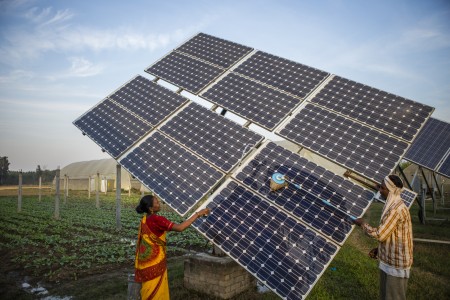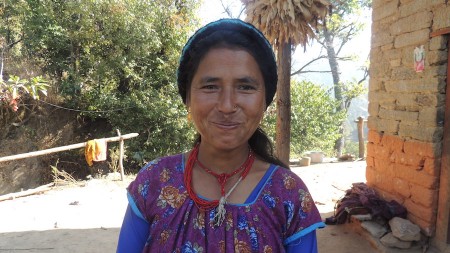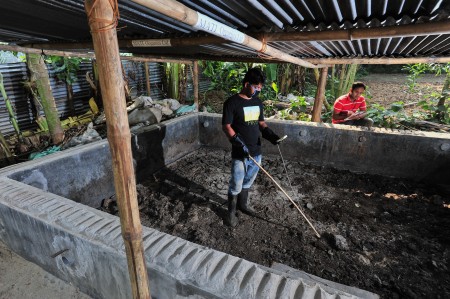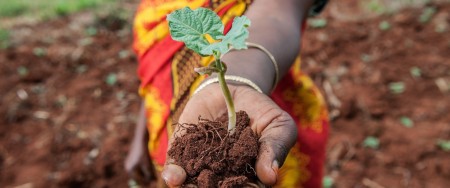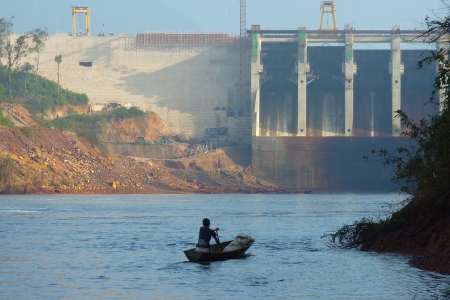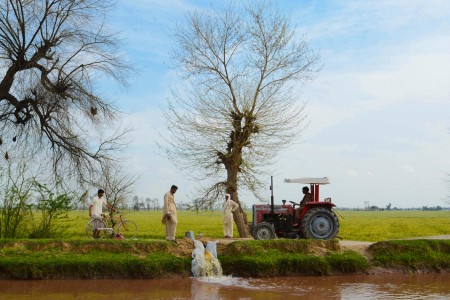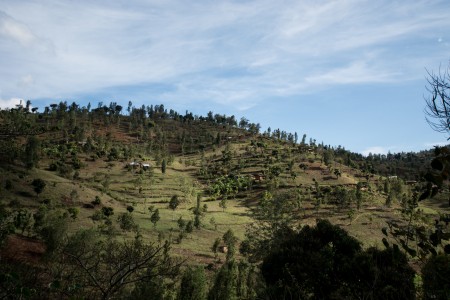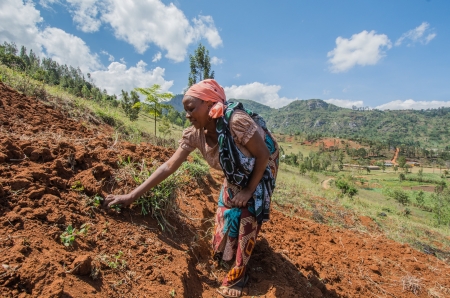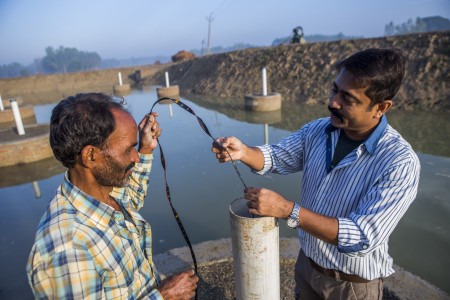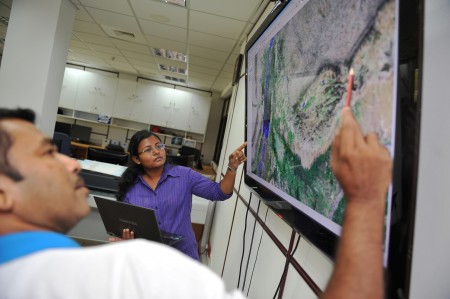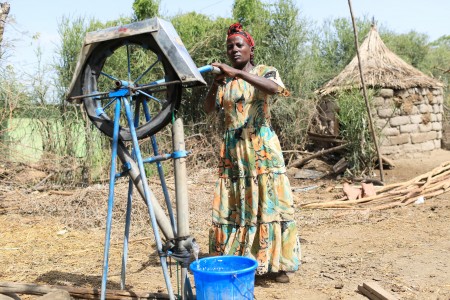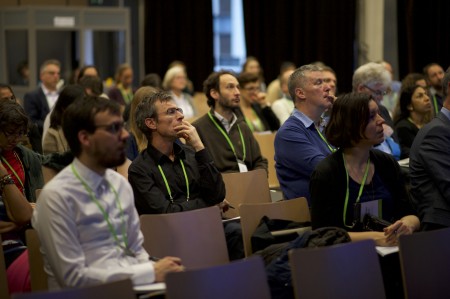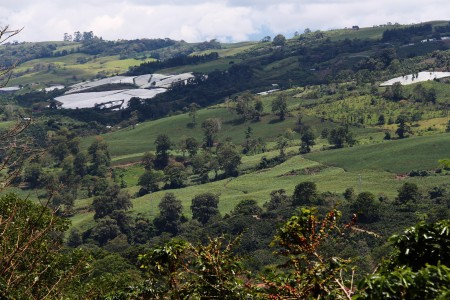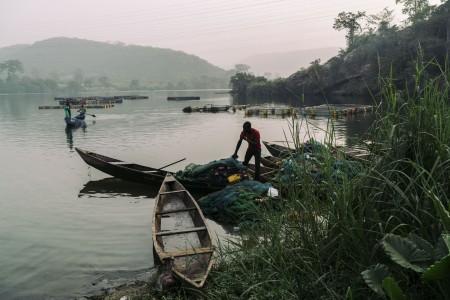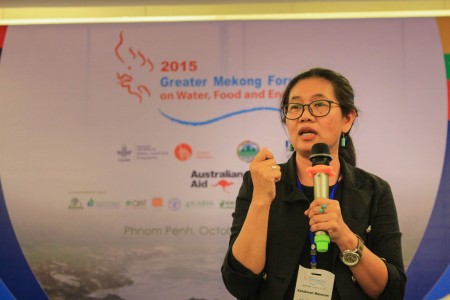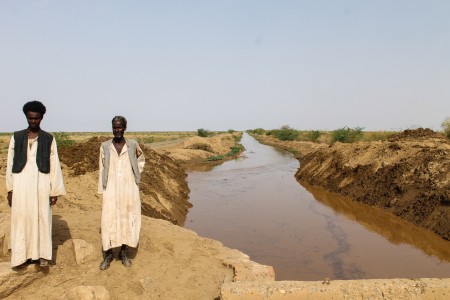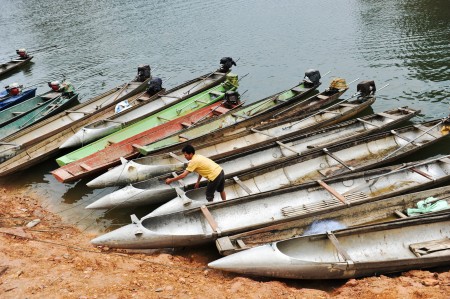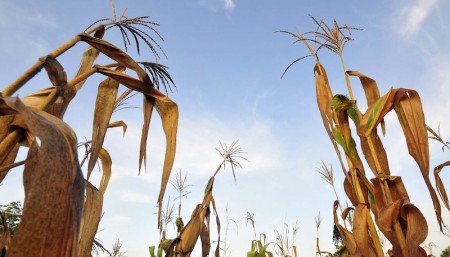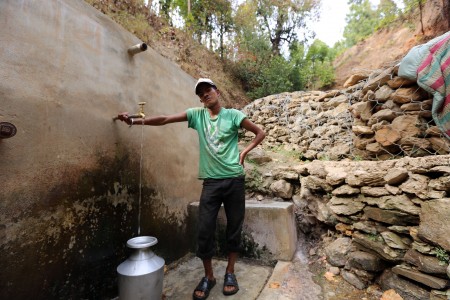The WLE 2015 Annual Report > Practical approaches to regional problems

Tackling water scarcity in the mid-hills and plains of Nepal
Although Nepal is known for its rich water resources, there is great water scarcity in the mid-hills and the plains where the majority of the population lives. People in the mid-hills depend on springs, but spring sources are drying up for a variety of biophysical and social reasons, putting the water security of millions at risk.
In the Nepal Terai (plains), groundwater is plentiful and available at shallow depths, creating an opportunity for agricultural intensification. However, very little groundwater is used for irrigation due to erratic availability of electricity and the high financial and environmental cost of diesel. Cropping intensity is low, migration is rampant and land is kept fallow in winter and summer – all for want of affordable energy for irrigation.
A CGIAR Research Program on Water, Land and Ecosystems (WLE) project, led by the International Center for Integrated Mountain Development (ICIMOD), is working on reviving springs in the mid-hills and providing innovative financing for solar-powered irrigation pumps (SPIP) in the plains.
In the mid-hills, the project used an innovative and holistic methodology to revive springs. Simple to follow, the eight-step method consists of: 1) mapping springs; 2) data collection; 3) understanding the social and governance aspects; 4) hydrological mapping; 5) conceptual hydrological layout; 6) identifying spring types and aquifer recharge; 7) developing management protocols; and 8) measuring impacts.
This method can be adopted by a diverse range of stakeholders, including local communities, researchers and local NGOs, and has been deployed in two sites in Nepal and one site in India. Partner organizations have already started adopting the methodology in their own work with encouraging results. Given the number of households depending on the estimated 4-5 million springs in the Hindu Kush Himalayas, mapping, understanding and reviving springs will have a tremendous impact on the livelihoods of people in the region.
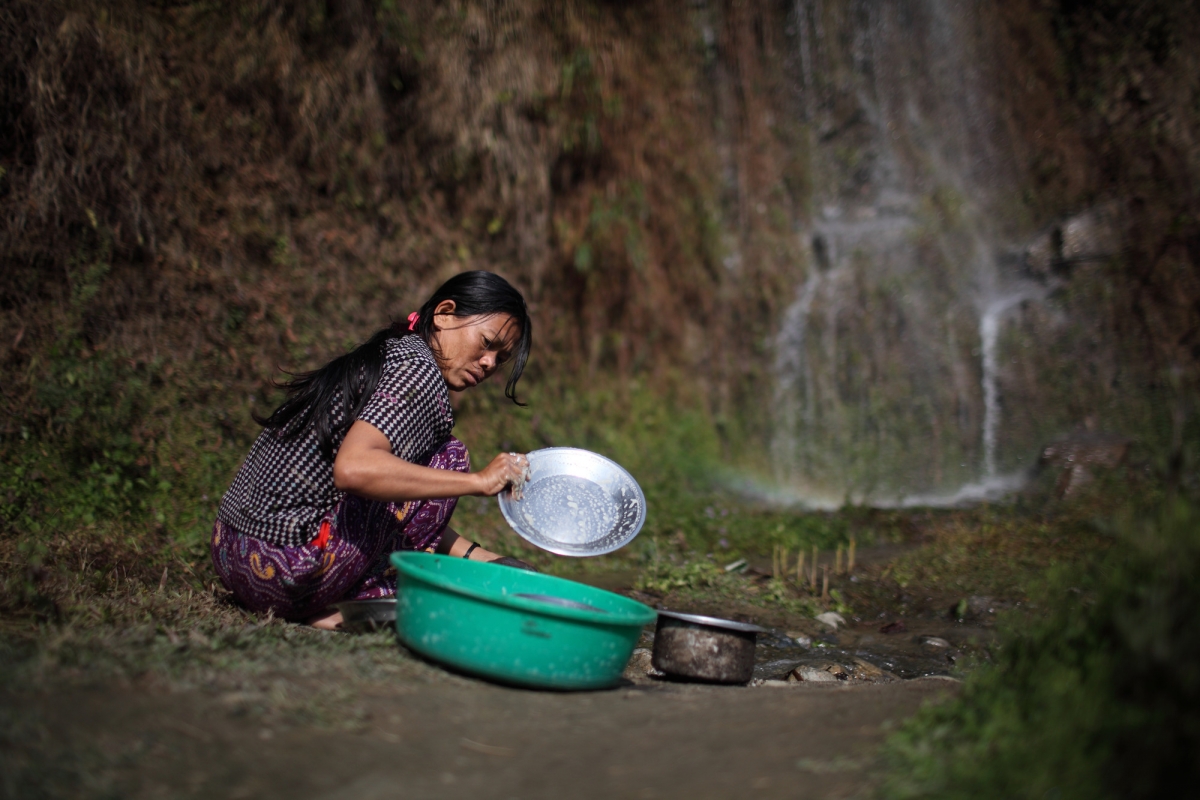
In the Nepal Terai, the project conducted a pilot study by providing three SPIPs to farmers as replacements for diesel pumps and carefully tracking their performance and impacts. Over the course of one year, the pumps irrigated 9.1 hectares of land and resulted in diesel savings of more than USD 1,000 with no repairs or maintenance. They enabled a 30% increase in cropped area, allowed for cultivation of dry season vegetables, and doubled the number of farmers who benefited from the irrigation source from 15 to 30. This pilot attracted a great deal of government attention, to the point where a conversation between the former Minister of Irrigation and one of the project farmers influenced the current SPIP policy in Nepal.
The second phase of the pilot is estimating demand for SPIP by first testing three financial models: a) a benchmark model that offers a 60% grant (70% for women) to farmers with the rest paid up front; b) a ‘grant cum loan’ model that offers a 3 year loan for half of the farmer’s amount; c) and a ‘pay as you go’ model that allows farmers to pay a monthly fee, resulting in pump ownership after three years.
The project reached a total of 2,573 farmers (25% of whom women) through an awareness campaign involving media and on-site demos. Within two weeks, the project received 143 purchase applications for of SPIP, 60% from women farmers. This is a dramatic figure given that that there are currently only 25-30 SPIPs in all of Nepal, most of which are installed by developmental organizations.
Learn more
This project is part of WLE's work in its Ganges focal region. Established in 2015, the research for development projects in the focal regions are designed to address local challenges to sustainable intensification of agriculture. The projects are led and carried out by local partners.
Agriculture 2.0:
towards a global revolution
for sustainabilitywater, land and ecosystems research highlights
2015 – 2016
A message from Johan RockströmWLE Steering Committee Chair
Agriculture 2.0
Current farming practices use 70 percent of the Earth’s fresh water, degrade 40 percent of land and contribute to 30 percent of greenhouse gas emissions.
But there is a better way: putting sustainability at the center of our food systems will not only reverse climatic degradation, but also accomplish the productivity that is necessary to feed 9 billion people by 2050.Sustainability is not just a necessity. It is an untapped opportunity for improving the livelihoods of male and female smallholders farmers, ensuring the productivity of the land into the future, and better harnessing the services provided by our ecosystems.
The CGIAR Research Program on Water, Land and Ecosystems (WLE) is doing its part to make the sustainable intensification of agriculture a reality by producing evidence-based solutions for water and land management via partnerships that span nationalities, sectors and disciplines.
We invite you to explore highlights from WLE’s work below.
in 2015 wle: field tested 62 technologies and natural resource management practices, helped 125,000 farmers to apply new technologies or management practices, supported improved technologies or management practices on 2.5 million hectares
Solutions for sustainable intensification of agriculture
In 2015 WLE: established 41 multi-stakeholder platforms and influenced 200 policy processes
Engaging with the global agenda
Practical approaches to regional problems
WLE in 2015 had 110,000 website visits and 43,000 views on CG-space and published 141 ISI publications and 94 open access publications
